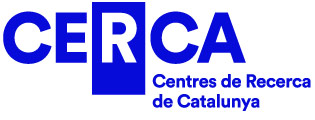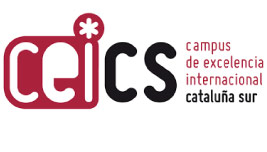14th International Conference of the Association for the Study of Marble and Other Stones in Antiquity
Ljubljana (Slovenia), from Monday 15th until Saturday 20th September 2025
Perched atop the Puy de Dôme near the Roman city of Augustonemetum (modern Clermont-Ferrand, France), the Temple of Mercury ranks among the most significant sites in the western provinces of the Roman Empire. Constructed in the mid-2nd century CE, it stands as one of the largest Roman mountain sanctuaries.
While hundreds of fragments unearthed in the 19th century are preserved at the BargoinMuseum in Clermont-Ferrand, no comprehensive study has been conducted. The present work offers an overall assessment of the material from these early excavations, as well as fragments uncovered during surveys carried out in the early 2000s. This revision includes prospections of local outcrops, a macroscopic examination of all the fragments, and the archaeometric analysis of some of them.
Among the regional marbles, apart from the previously proposed use of marble from the Châtelperron quarries located 80 km northeast of the site, the objective is to investigate whether other smaller, closer geological outcrops were utilised. The study thus examines the small marble lenses of the Chavanon series located approximately 50 km southwest of the site (in the present-day communes of Messeix, Savennes, and Merlines), as well as those of the Aix series 90 km east of the site (in the communes of Champoly, Grézolles, and Saint-Thurin), and the grey limestone outcrops of Ferrières-sur-Sichon.
The examined material also revealed the use of numerous imported stones, including red and green porphyry, giallo antico, pavonazzetto, rosso antico of several varieties, africano, verde antico, cipollino verde and breccia corallina. More unexpectedly, stones such as the nuvolata variety of the breccia corallina, alabastro fiorito and gabbro eufotide were also identified.
In addition to the investigation of the regional or distant provenance of the stones used, we will also present some hypotheses regarding the arrangement of the decoration, as well as the glyptographs and attachment marks observed. Even at this early stage of research, the richness and exceptional characteristics of this assemblage promise to be a key element in advancing the study of this remarkable site and the people who built and worshipped there.





